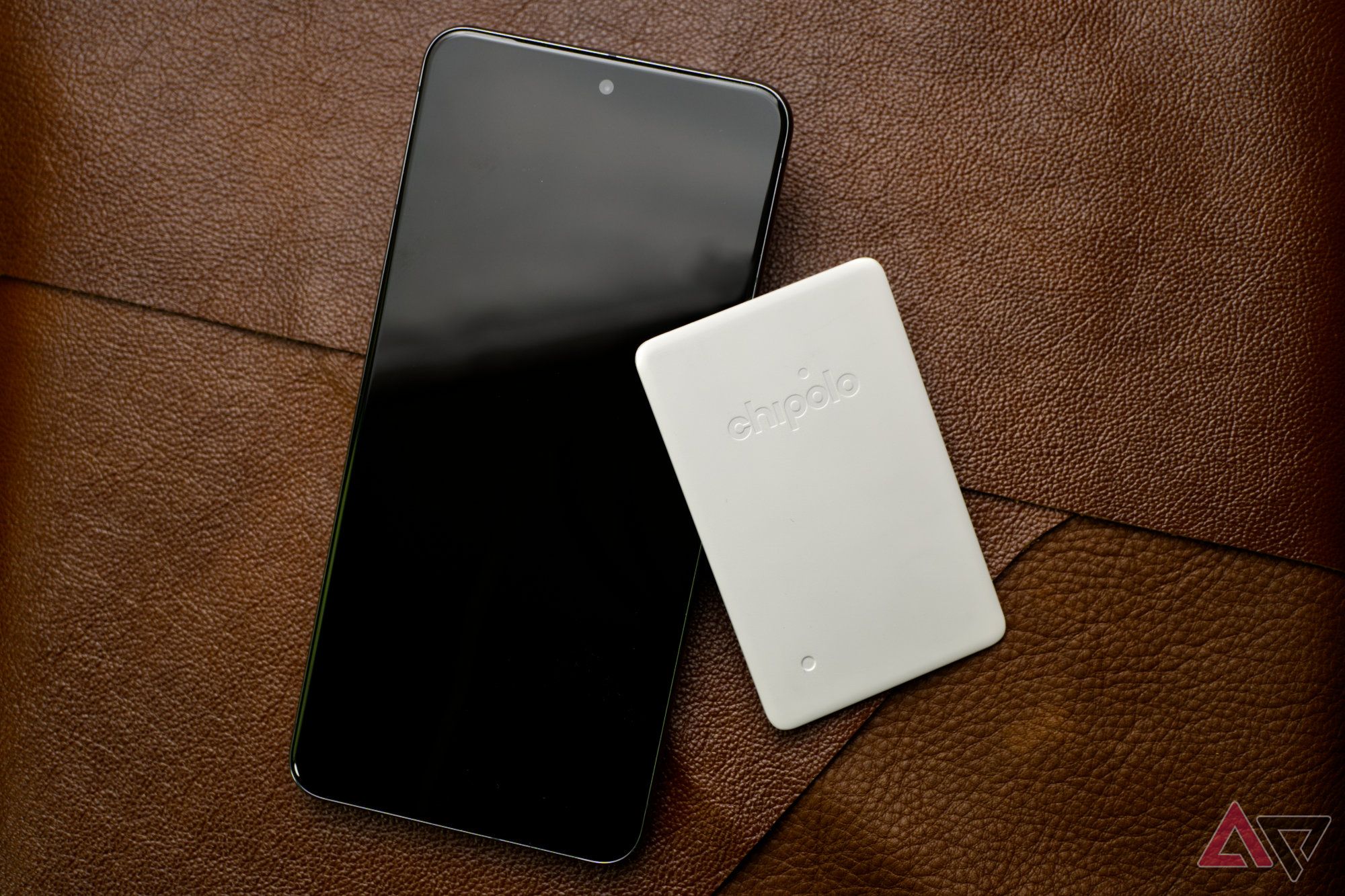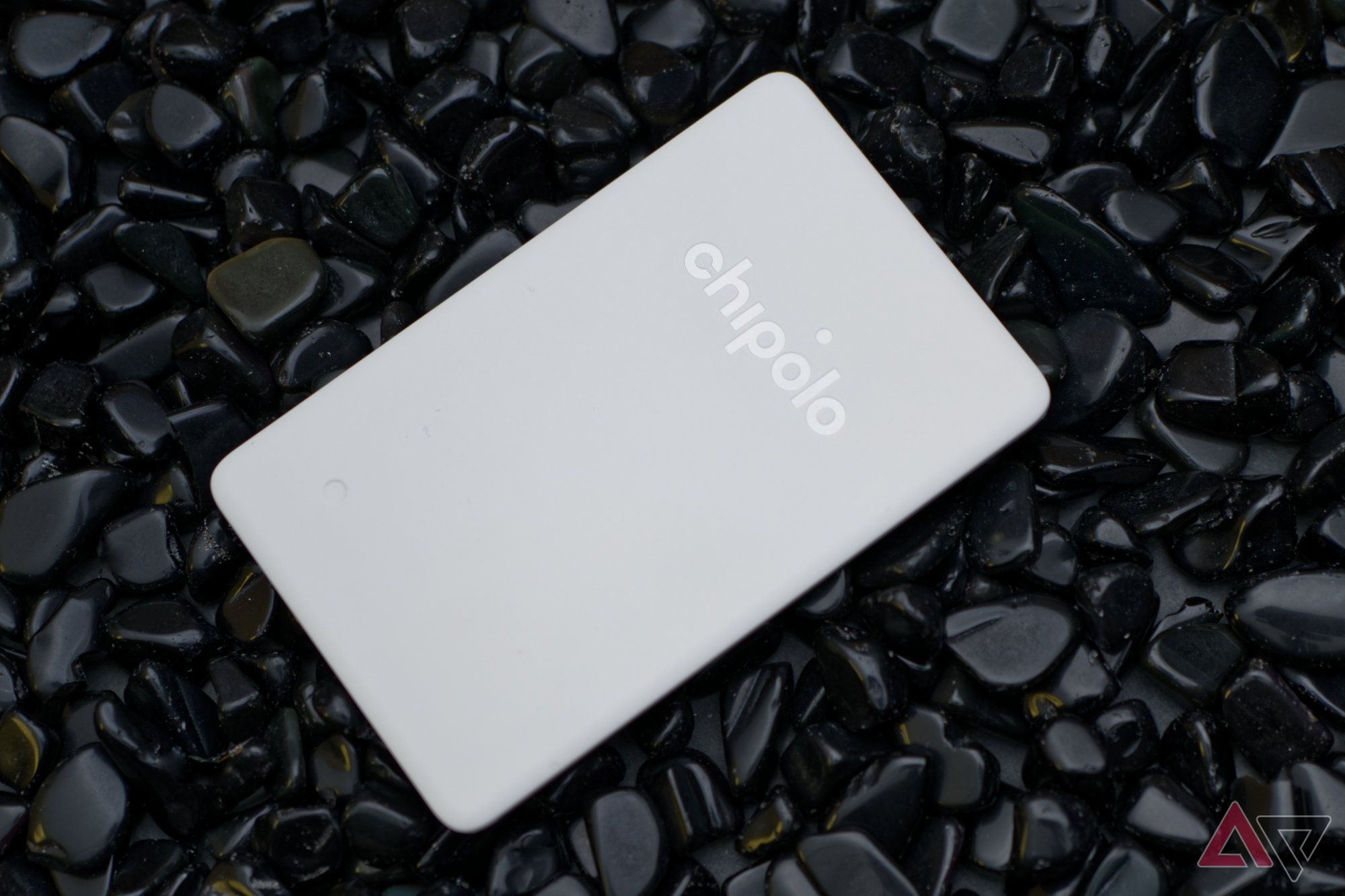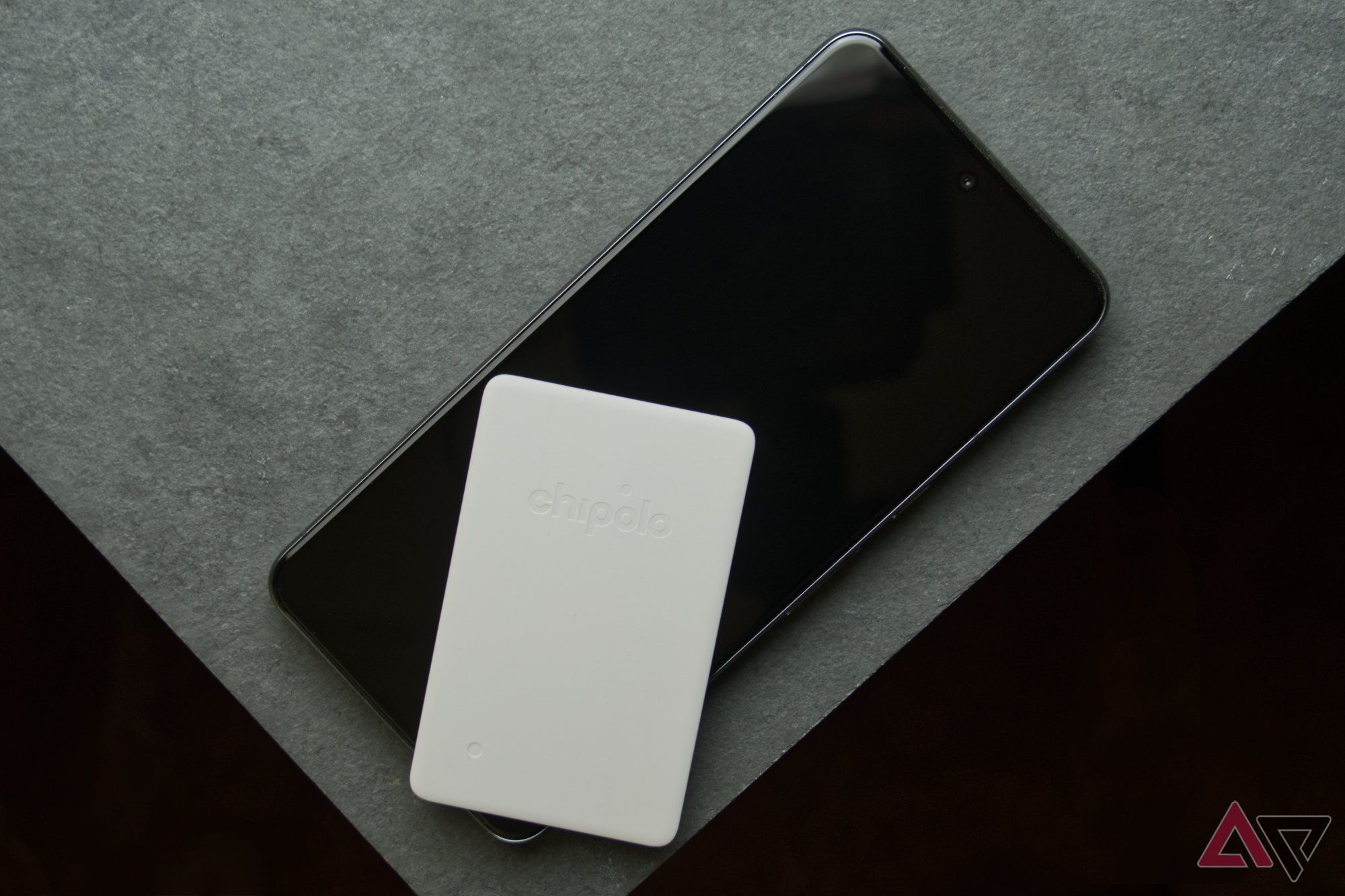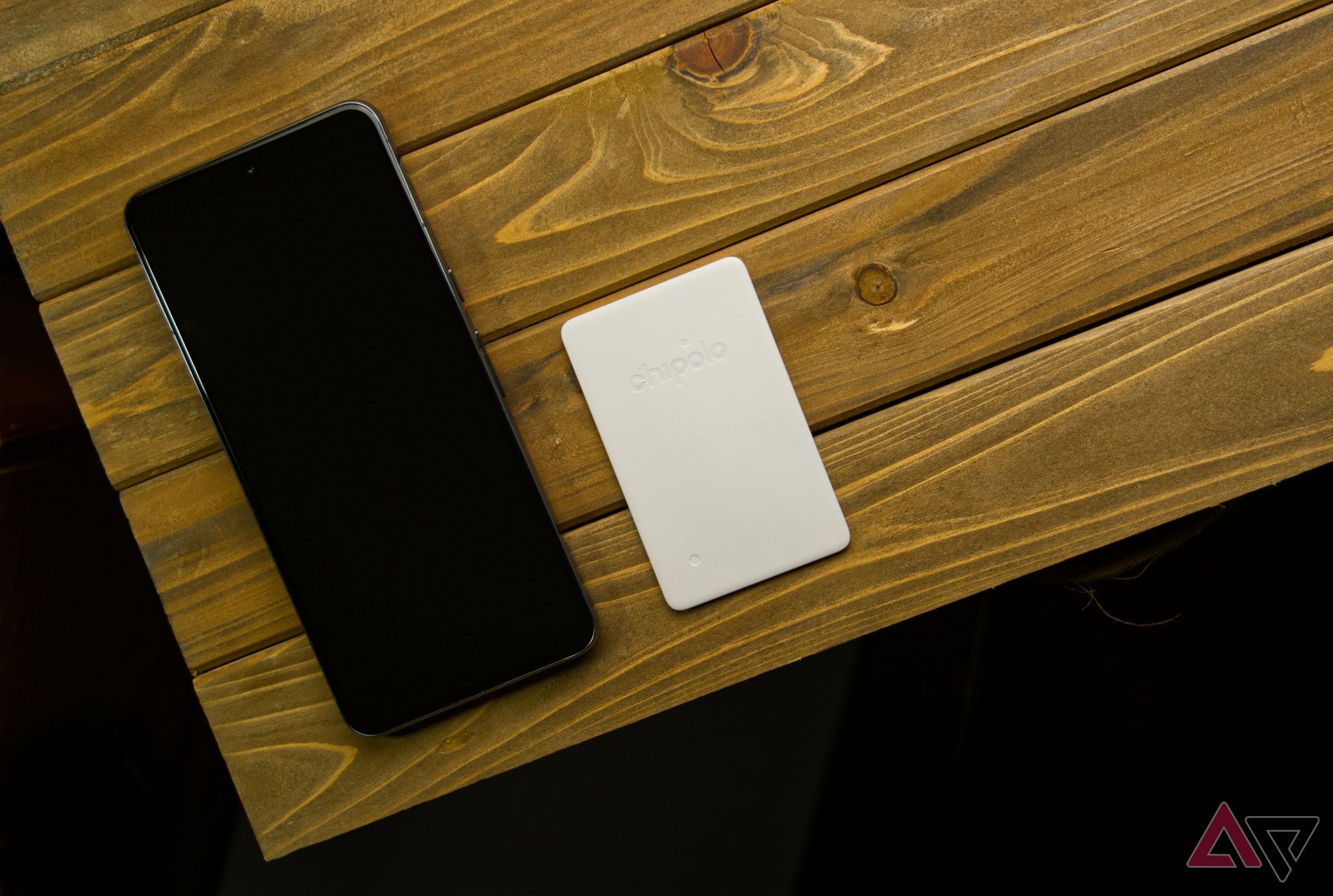We all lose things from time to time, but losing a wallet can really cause havoc in your life. While recovering it often relies on good Samaritans to contact the owner, you can boost your odds with help from a good smart tag like the Chipolo One Point. However, that model is a bit too thick for a wallet, so Chipolo also makes the Card Point that’s perfectly sized to fit in with your credit cards. This model relies on the Google Find My Device network, and despite a somewhat rocky start, it’s still a great solution for misplaced wallets or bags.
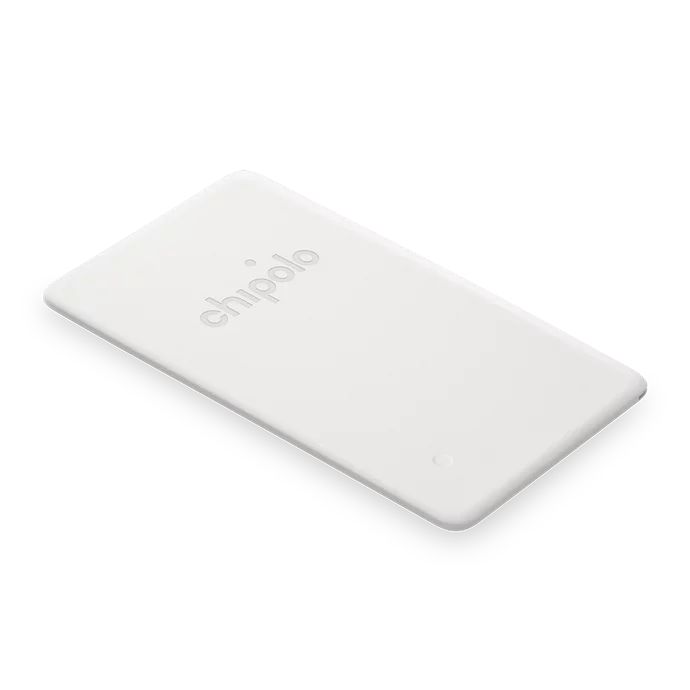
Chipolo Card Point
The Chipolo Card Point shares the same footprint as a typical credit card but is slightly thicker and heavier. It communicates via Bluetooth and works with the Google Find My Device network, so its location can be tracked remotely as long as a few Android devices are nearby. Once you’re close enough, an internal speaker can be activated to help you find it.
- Fits perfectly into the credit card slip of most wallets
- Two-year battery life
- Loudspeaker and decent range sensing
- Quick and easy to set up and use
- Battery isn?t user-replaceable
- Google Find My Device network is still young
- No ultra wide-band (UWB)
- Only IPX5
Price and availability
At the time of this review, Chipolo is still in the process of shipping preorders placed through the company’s website. You can join Chipolo’s preorder list, or once those orders have been fulfilled, the Card Point tags will be available on Amazon.
The price for a single Card Point tag is $35 plus shipping, but there are discounts and potentially free shipping for ordering 2- and 4-packs or a bundle with a Card and 2x One trackers. At this time, Chipolo is only offering Point trackers in Off White.
What’s good about Chipolo Card Point?
Designed for wallets but goes almost anywhere
The Card Point is ultra-slim and shaped, so it slides into a wallet without being cumbersome. In almost all other ways, it shares the same features and design principles as its sibling, the Chipolo One Point. While the One Point tag is generally more versatile, it’s too thick to fit comfortably into most wallets.
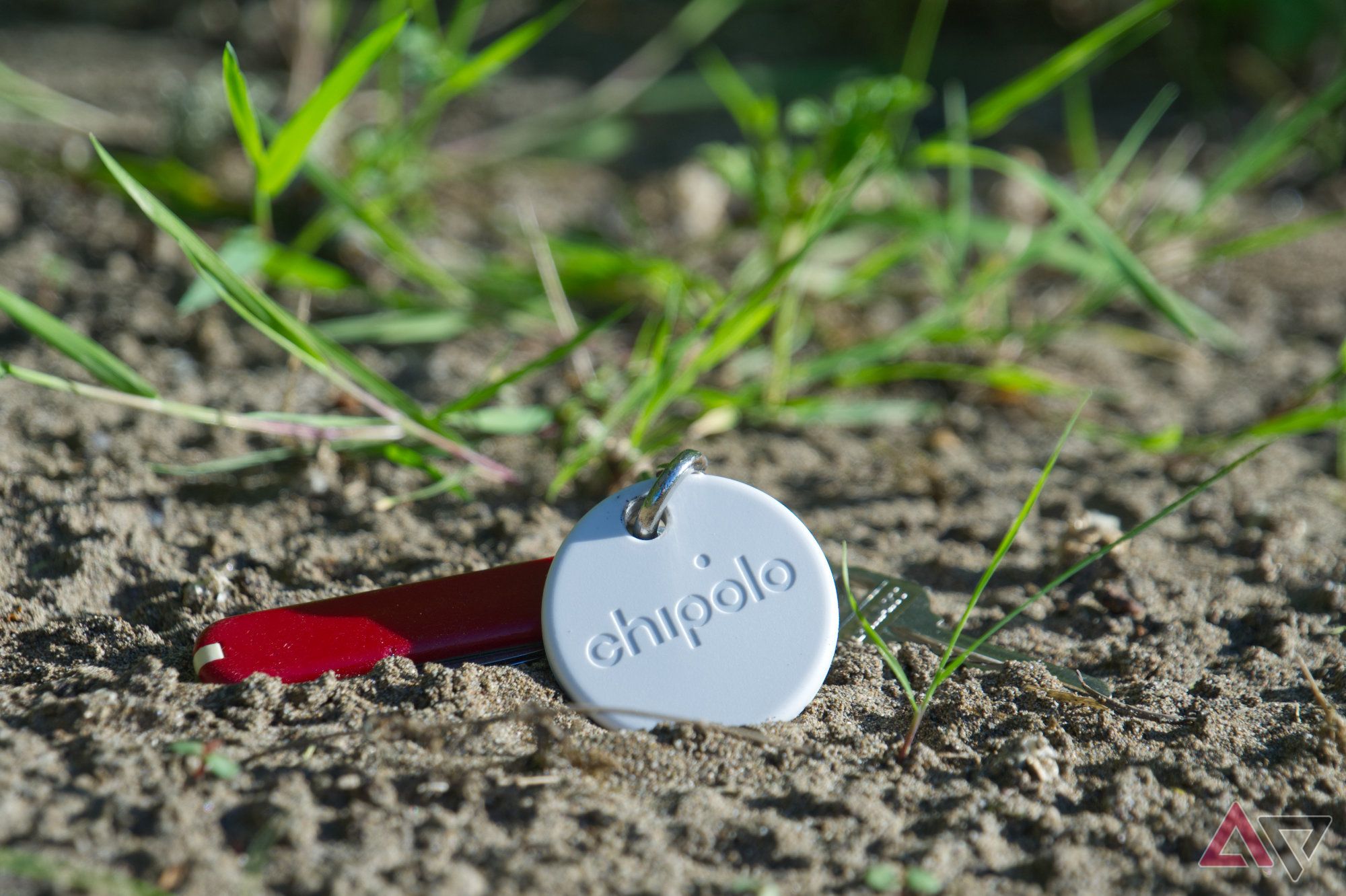
Related
Chipolo One Point review: Easy to find, if it’s not too far away
Great for finding things around the house, but maybe not around the world
Of course, the shape may present itself as an obvious choice for wallets, but there’s no reason the Card can’t be placed in any bag or luggage with a pouch for ID cards or just tossed in loose with your other things. Given the larger and low-profile shape, it could even be taped to another flat surface if you’re so inclined.
Just like the networks run by Apple, Samsung, and others, Google’s Find My Device network relies on people being in the vicinity of tags so they can report back with their location, and Google can triangulate the tag’s position from that. As I said in the One Point review, Google’s network is significant because it’s the single most expansive group of Android devices involved in a single network. This includes almost every phone or tablet running Android 9.0 or above.
While there are some sticking points around reliability and speed when looking for a lost tag with Google Find My Device, it’s still likely to be the best option available for Android users. Thanks to proximity sensing and a loud built-in speaker, it works really well for finding nearby tags.
Setup is fast and easy. You just need to unlock your phone and lightly squeeze the button at the lower-left corner of the Chipolo Card Point. After tapping a couple of buttons and waiting for the pairing to complete, the card is added to your Google account and appears in the list in the Find My Device app. The process takes roughly thirty seconds, and then you’re free to change the card’s name and set a different icon.
What’s bad about Chipolo Card Point?
Google’s Find My Device network is still young
As with any smart tag on Google’s Find My Device network, the caveat is the aforementioned reliability and slow reporting speed. You can read more about it with Taylor’s review of the Pebblebee Tag for Android, but to put it simply, you may not get quick tracking results for lost tags unless they’re in fairly high-traffic areas.
This isn’t a fault in any tag; it’s just the nature of Google’s default settings for devices on the network. I have a hunch that this will improve with time as Google tunes its algorithms, but it’s just something to be aware of in the meantime.
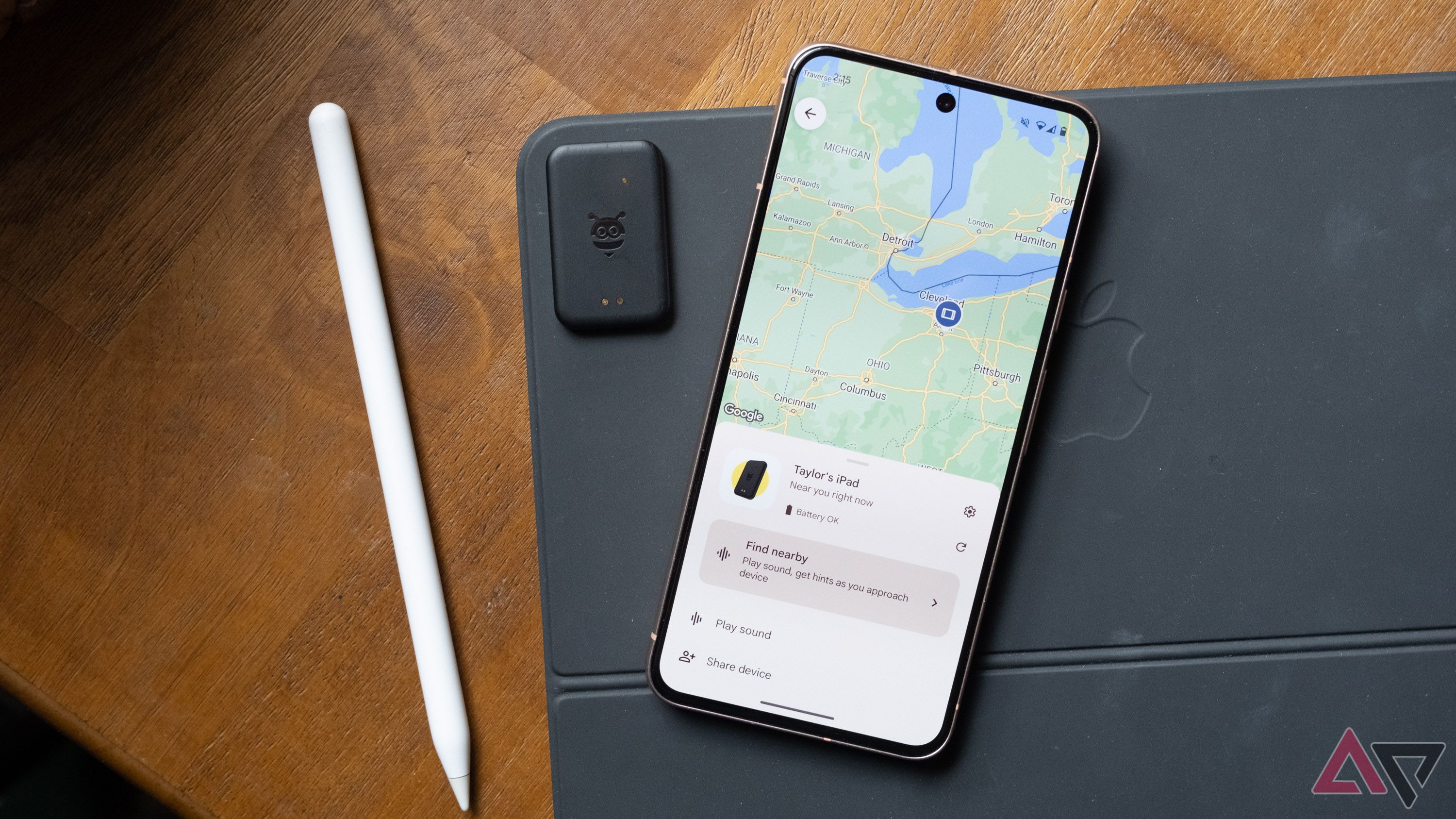
Read our review
Pebblebee Tag for Android review: I couldn’t Find My Device
Google’s new crowdsourced item tracking isn’t ready for primetime
Unlike the One Point tags, the Card Point doesn’t support user-replaceable batteries. This is fairly obvious; it’s not like there’s a standardized sheet battery available for purchase in stores. This isn’t something to count against Chipolo; it’s just something to be aware of.
Chipolo has a Recycle and Renew program where you can get a brand new Card Point for half the price of a new one if you send your old one in to be recycled. This process makes it easy enough to order a replacement before the old one runs dry, so you don’t have to spend any time without an active tag.
And I suppose if I’m nitpicking anything, though, it’s the fragility. I know this sounds pedantic, but stick with me.
First, the card can flex very slightly, but I would worry that the wide and thin shape is vulnerable to snapping or crushing if too much pressure is applied. Again, I wouldn’t count this against Chipolo since any product like this would be prone to the same issue, but it’s just something to be aware of, especially for anybody who sits on their wallet.
There’s also a possibly bigger issue with liquids. The card has an IPX5 rating, indicating it can’t withstand high-pressure streams or immersion in water. I expected this from the One Point since it has an easily replaced battery, but I assumed the Card Point might also be sealed more tightly since the battery is already inaccessible. I wouldn’t call this a major problem, but it’s another detail to consider before packing the card with your things for a day of whitewater rafting.
Should you buy it?
Much like the One Point tag, the Card Point is very nearly what I expect and want it to be. It’s a nicely designed Bluetooth smart tag that performs well. The only notable marks against it are linked with the Google Find My Device network, which I expect to improve with time — sooner rather than later, I would hope.
And like I said with the One Point, there are a few things I would have liked to see, like UWB support and multi-network compatibility like Pebblebee did with its tags working on both Pebblebee’s own network and Google Find My Device. But I assume the former will appear in time, and the latter will cease to be relevant in six months to a year. Either way, the Chipolo Card Point is exactly what it aims to be, and it’s a great gadget for keeping track of a wallet, bag, or whatever you choose to stash it with.

Chipolo Card Point
The Chipolo Card Point shares the same footprint as a typical credit card but is slightly thicker and heavier. It communicates via Bluetooth and works with the Google Find My Device network, so its location can be tracked remotely as long as a few Android devices are nearby. Once you’re close enough, an internal speaker can be activated to help you find it.
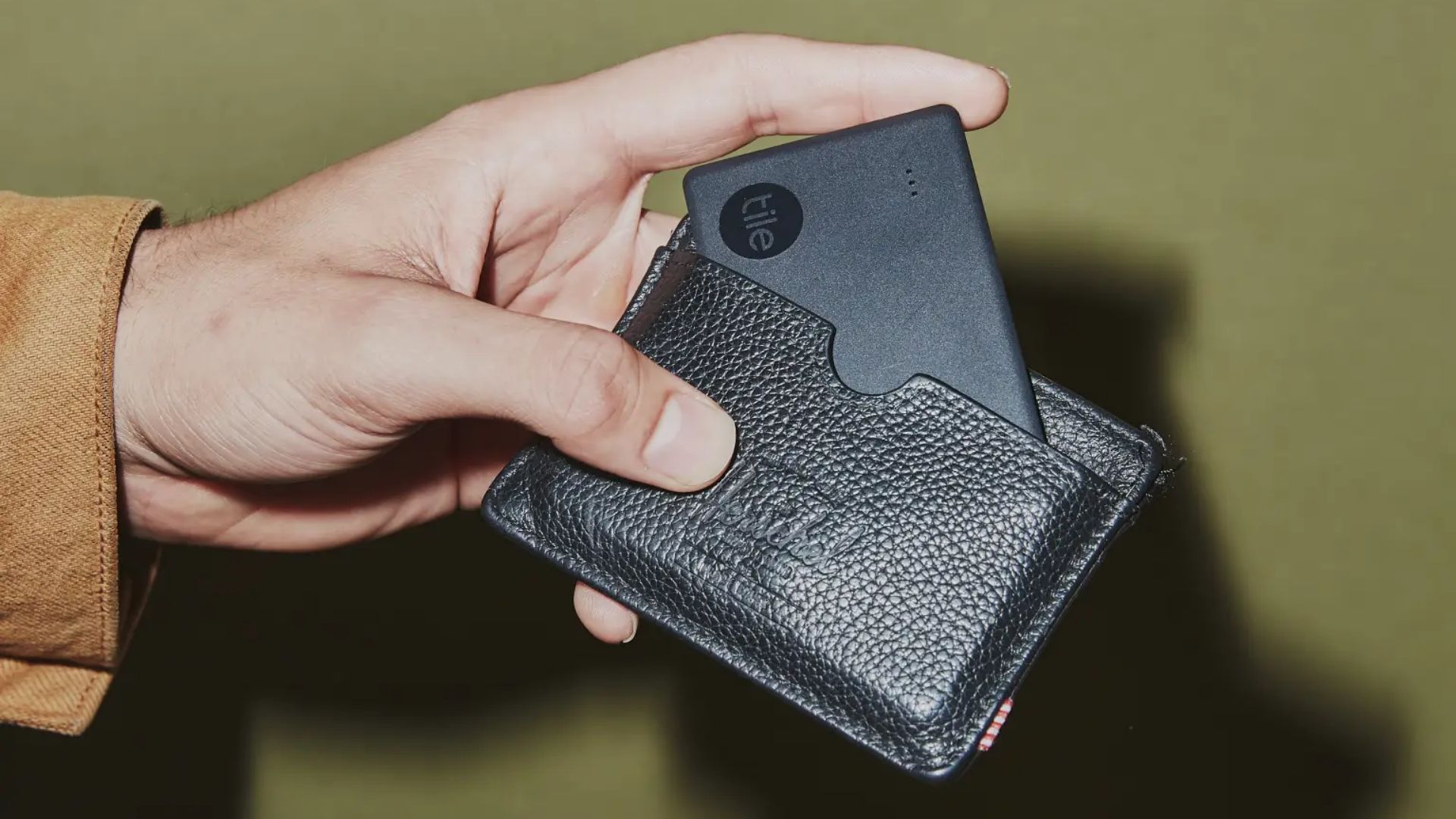
Related
Best smart tags for wallets in 2024
Get your wallet guardian with a specialized tracker
Source link

